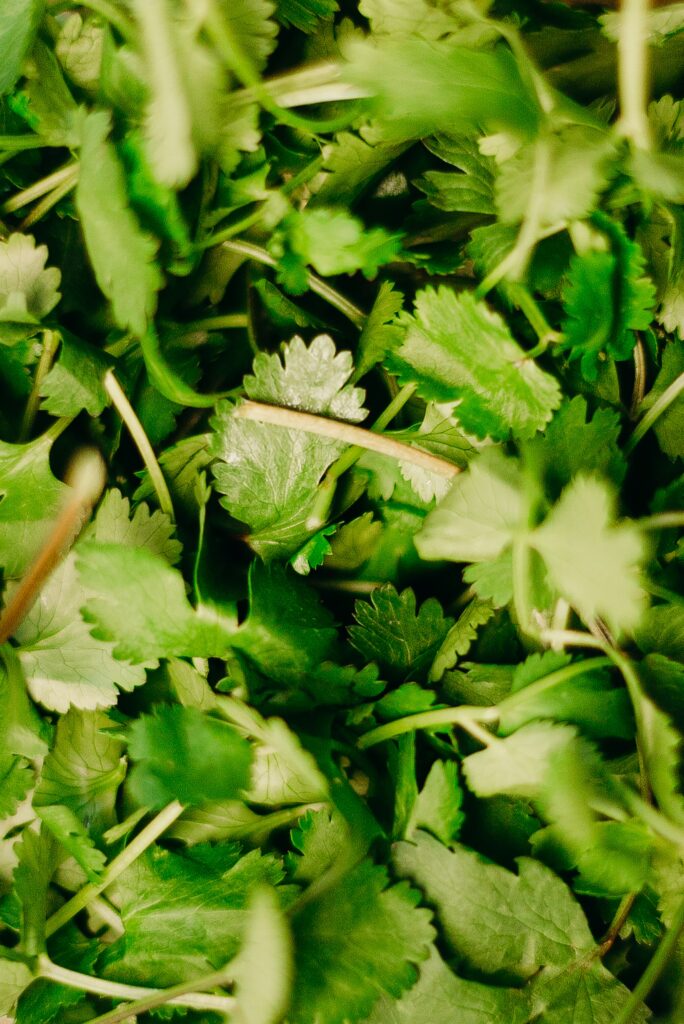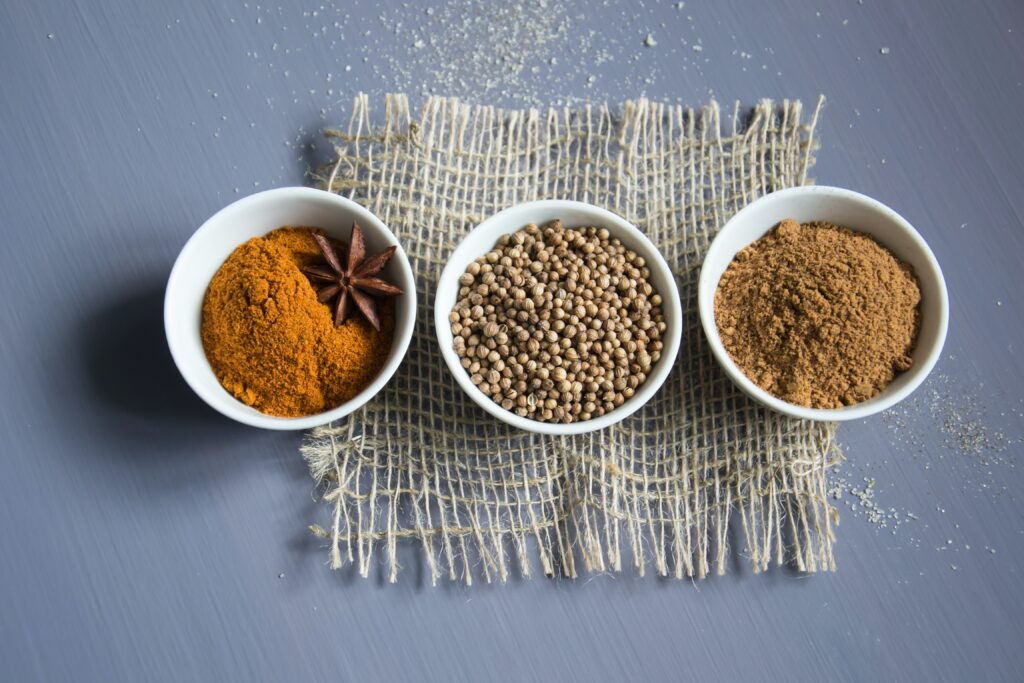In last the last blog, I mentioned the combination of chlorella and cilantro as helping the body detoxify of heavy metals. So, I thought it would be fitting to carry on the conversation about cilantro. Right now you must be wondering, where is he going with this? What can be said about cilantro to possibly warrant writing a health blog about this common herb? Well truth be told, cilantro, and its seed coriander, could fill a book with interesting facts and research studies.

Coriander is native in Northern Africa and Southern Europe, but has been used throughout the world for centuries; the use of coriander can be traced back to 5,000 BC. Coriander is even mentioned in the bible on a few occasions. The Romans are said to have used coriander to preserve meat, flavor breads, and exposed the English to cooking with coriander. Hippocrates, one of history’s early physicians, used coriander for its medicinal properties. Today coriander is used by many health care practitioners; such as Naturopath doctors, Ayurvedic doctors, Chinese Herbology, and more.
Coriander is considered both spice and herb, being that its leaves and seeds can be used to season food; please note that the plant/leaf and the seeds have different flavors and cannot be substituted for each other. Coriander’s flavor is described has having a flavor similar to both citrus peel and sage. Cilantro’s flavor is somewhat controversial in that some people seem to taste soap, or metal, while others describe the flavor as a mix of parsley and citrus. Coriander seeds are available whole or ground in powder; like most things, if you grind it yourself you will receive a fresher flavor. Cilantro is typically purchased fresh, but can also be found dried. Often for medicinal uses, and research, coriander is used in the form of an oil.

Cilantro is full of good nutrients, and with only 5 calories per serving, would be a great addition to your daily diet. Cilantro contains vitamin A, C, and K, niacin, folate, choline, calcium, iron, magnesium, phosphorus, potassium, sodium, zinc, manganese, selenium, a small amount of protein, fiber, and phytonutrients.
Cilantro, and coriander, research, however mostly on animals, has shown it to be effective at: helping the body excrete toxic metals, blood sugar lowering properties, anti-inflammatory, anti-microbial, anti-biotic, cholesterol lowering, free radical protection, helps with digestive issues, reduces joint inflammation, and anti-rheumatic. There are few recorded reactions to coriander and cilantro, the main one being allergic reaction.
Integrating cilantro, and coriander, into your diet is easy. Try blending some in a daily smoothie, add it to juice, add it to salads, it is great in stews, soups, dips, and salsa.
